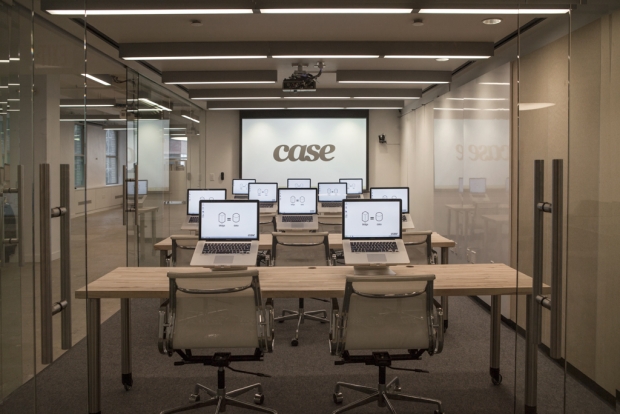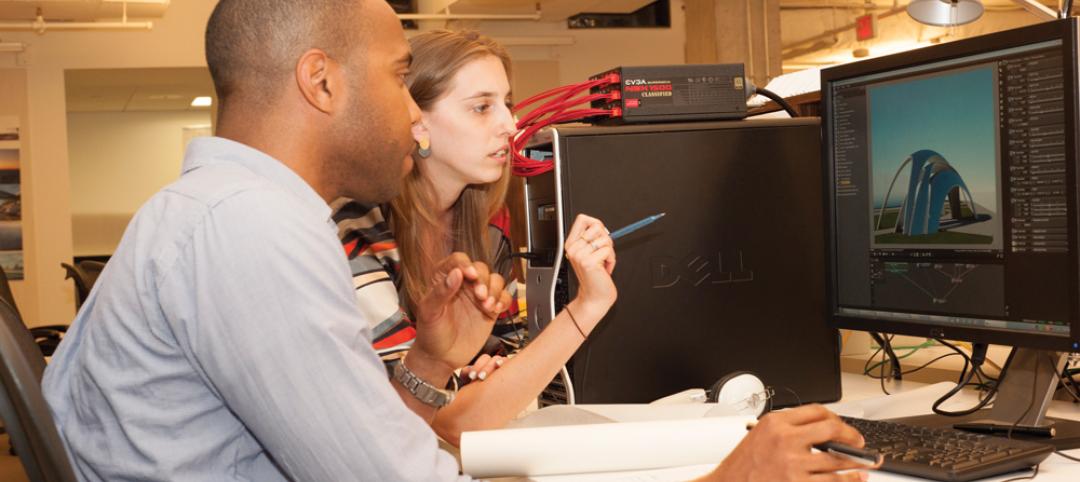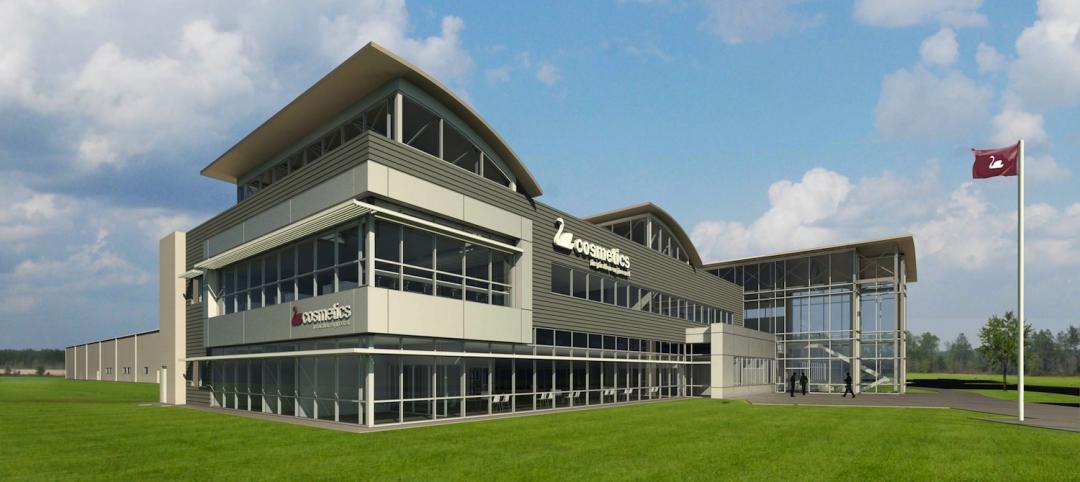WeWork, the fast-growing provider of co-sharing work spaces, has acquired Case, the New York-based building information modeling consultant.
The acquisition of comes a few months after WeWork, in June, announced that it had raised $400 million from investors, bringing its total funding to nearly $1 billion.
David Fano, one of Case’s three cofounders, explained that as part of WeWork, his firm’s design teams will be thinking more about “process improvements” and how it can take efficient space design, construction, and management to the next level. “We were really excited about being on the decision-making side … and having a direct hand in designing the construction we are going to do,” Fano told the Commercial Observer.
Fano says more than 90% of Case’s 63-person workforce is joining WeWork, and that his company will now work exclusively for its owner. He adds that the combination should help WeWork standardize the means by which it designs its properties.
Started less than five years ago, WeWork’s valuation is now somewhere between $5 billion and $10 billion. The company has more than 30,000 customers in 11 U.S. cities, and more than 1 million sf of shared office space in New York City alone. In the first half of 2015, WeWork was Manhattan’s most active tenant, according to The Real Deal.
Over the last 36 months, WeWork has grown to 70 employees from eight. A few months ago, Roni Bahir, its Executive Vice president of Strategic Development and Special Projects, said the company intends to open between 40 and 50 locations by June 2016, and add at least 50 million sq of space within the next five years. WeWork has been one of Case’s “owner” clients for the past three years.
When Case launched in 2008, it was operating out of one of WeWork’s spaces, and the two companies have since been linked at the hip as WeWork has expanded. The terms of the acquisition were not disclosed, but both Case and WeWork have moved into permanent headquarters at 115 West 18th Street in New York’s Chelsea neighborhood.
Related Stories
| Jul 11, 2014
Are these LEGO-like blocks the future of construction?
Kite Bricks proposes a more efficient way of building with its newly developed Smart Bricks system.
| Jul 1, 2014
Hyper-speed rendering: How Gensler turns BIM models into beauty shots in seconds
In search of a fast rendering solution, Gensler looked to the gaming and moviemaking industries for the next breakthrough tool: Octane Render.
| Jul 1, 2014
Sochi's 'kinetic façade' may steal the show at the Winter Olympics
The temporary pavilion for Russian telecom operator MegaFon will be wrapped with a massive digital "pin screen" that will morph into the shape of any face.
| Jul 1, 2014
7 ways to cut waste in BIM implementation
Process mapping, split models, and streamlined coordination meetings are among the timesaving techniques AEC firms are employing to improve BIM/VDC workflows.
| Jun 30, 2014
Autodesk acquires design studio The Living, will create Autodesk Studio
The Living, David Benjamin's design studio, has been acquired by Autodesk. Combined, the two will create the Autodesk Studio, which will "create new types of buildings, public installations, prototypes and architectural environments."
| Jun 30, 2014
Report recommends making infrastructure upgrades a cabinet-level priority
The ASCE estimates that $3.6 trillion must be invested by 2020 to make critically needed upgrades and expansions of national infrastructure—and avoid trillions of dollars in lost business sales, exports, disposable income, and GDP.
| Jun 25, 2014
Taking a page from Lean manufacturing for improved design review processes
SPONSORED CONTENT As more building project teams look for ways to collaborate better, technology continues to provide solutions. Yet, as I learned from the experience of one of my customers, choosing the wrong technology can have an underwhelming effect, causing a team to simply swap out old challenges for new ones.
| Jun 18, 2014
Arup uses 3D printing to fabricate one-of-a-kind structural steel components
The firm's research shows that 3D printing has the potential to reduce costs, cut waste, and slash the carbon footprint of the construction sector.
| Jun 10, 2014
Site optimization: Paving the way for smoother land development projects
The biggest cost differential when dealing in site development from one site to another is the earthwork. So, when selecting a site, it is critical to not only take into account the initial purchase price of the property, but also what sort of investment it will take to prep the site for development.
Smart Buildings | Jun 8, 2014
Big Data: How one city took control of its facility assets with data
Over the past few years, Buffalo has developed a cutting-edge facility management program to ensure it's utilizing its facilities and operations as efficiently, effectively, and sustainably as possible.
















